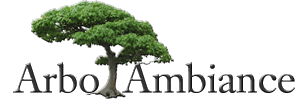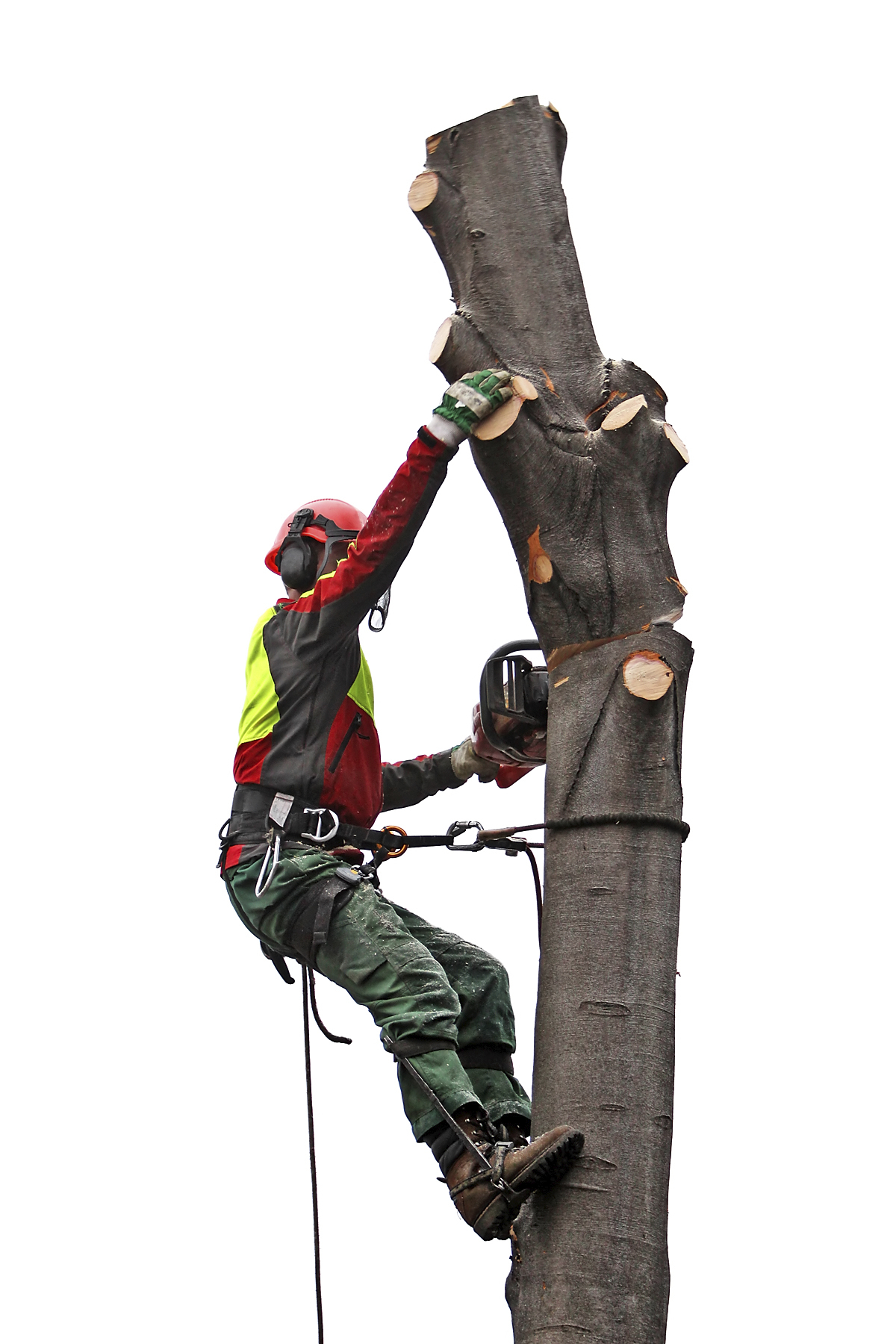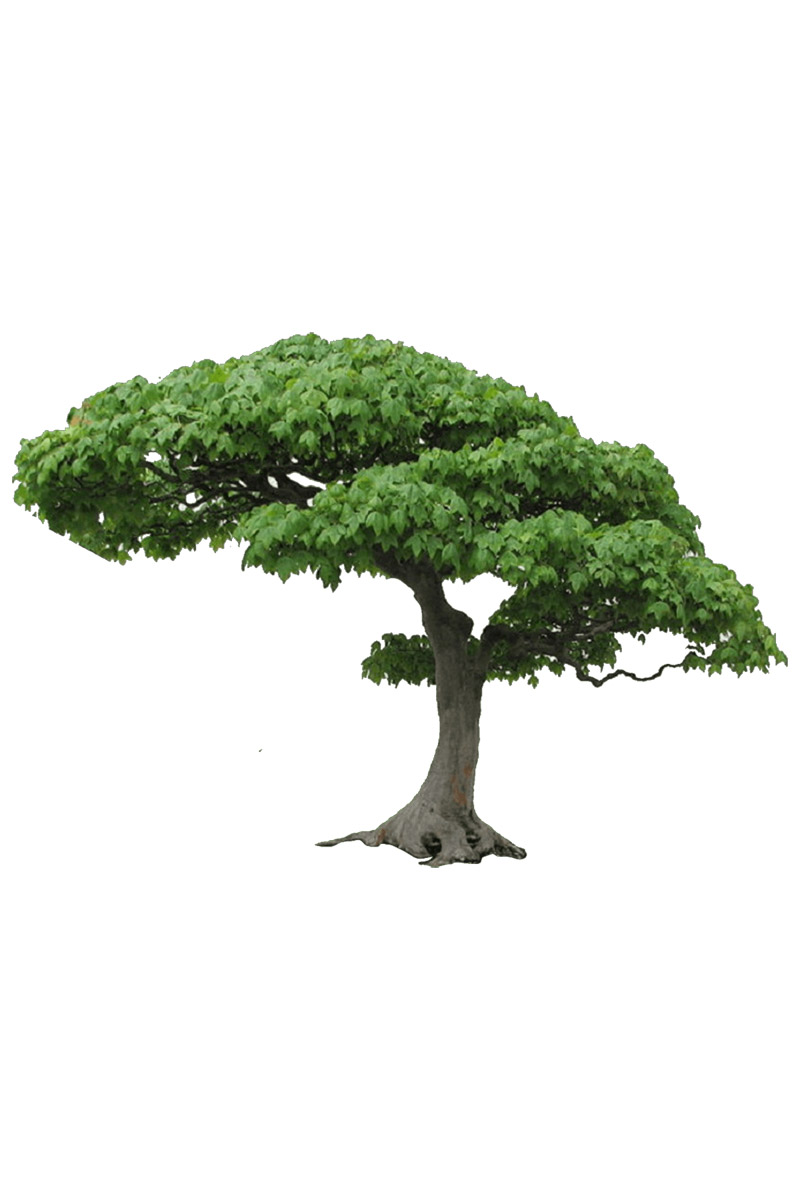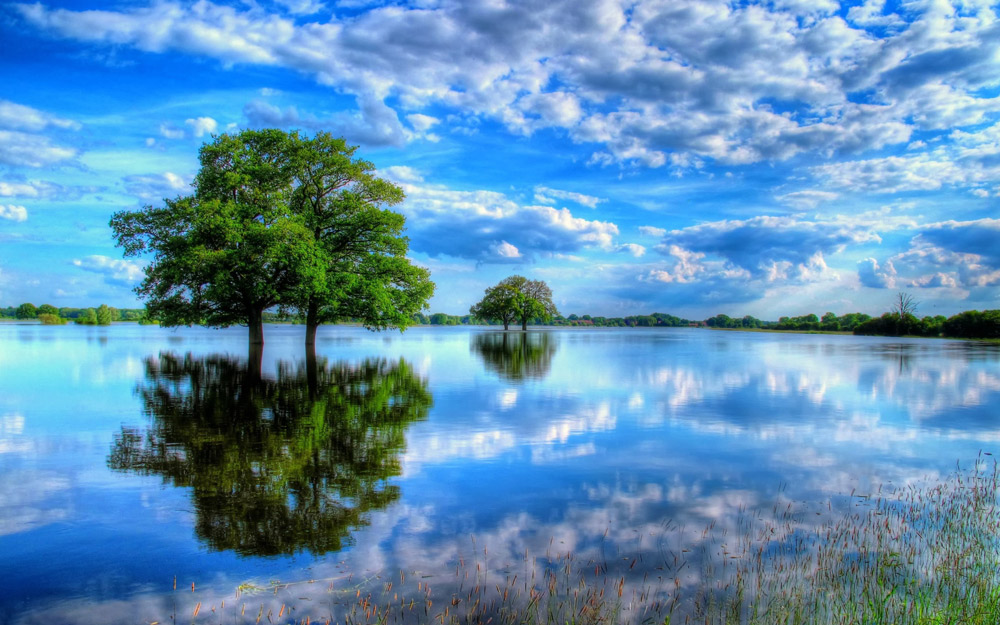Certification
Professional equipment
Pro skills and experience
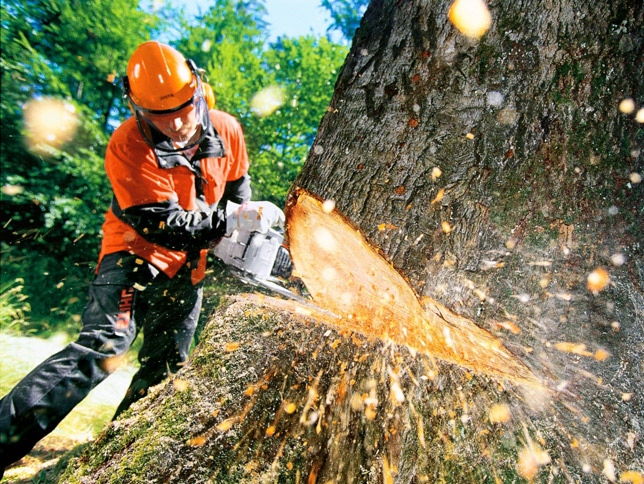
Felling
The tree is a living thing that must be taken care off. Inadequate treatment can have serious consequences among the people. The same is for plants.
Unfortunately, in some cases, felling is matter of course. A dead tree, poor or suffering from a fungal disease endanger people and buildings we fulfill this delicate task of felling respecting the site and all the regulations. Authorization certificate is required for felling trees.
After a preliminary analysis of the site, the condition of the tree and its location, we choose between two types of felling:
Directional felling: this operation, which requires floor space, is only possible if the environment permits.
Felling by dismantling: when directional felling is too risky, the branches are removed one by one from the bottom up, then debits the drum sections.
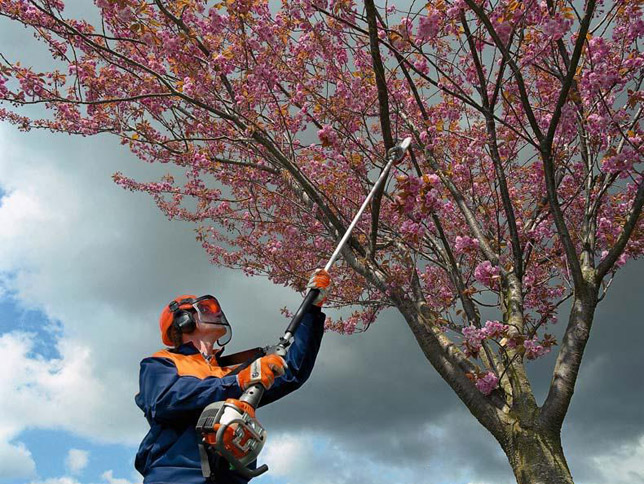
Pruning
Pruning of trees is useful for many reasons. It is primarily means of preserving plant health by removing the diseased parts.
From an aesthetic point of view, it’s better sometimes just to take off a few branches for more sunshine inside terraces and gardens. Security requires the removal of decayed and dead branches off the trees.
It doesn’t matter what the reason of pruning is, it is preferable to hire a professional who will take into account all these factors: your needs, trees location, condition, etc..
Skilled certified and assured arborist represents guarantee security for you and your property.

Stump removal
The stump left by the felled tree may seem cumbersome and unattractive.
Therefore, we can remove the stump and its roots with a machine designed for this purpose. The stump grinder does not break the ground, in addition, it is compact and power enough. It can easy pass everywhere.
It reduces the stump while shaving, by means of a rotating cutting disk.
The aim is to separate the trunk out of roots. Once the work is finished, we will get rid of chips and clean the field, you are left to sow grass in the area grubbed.
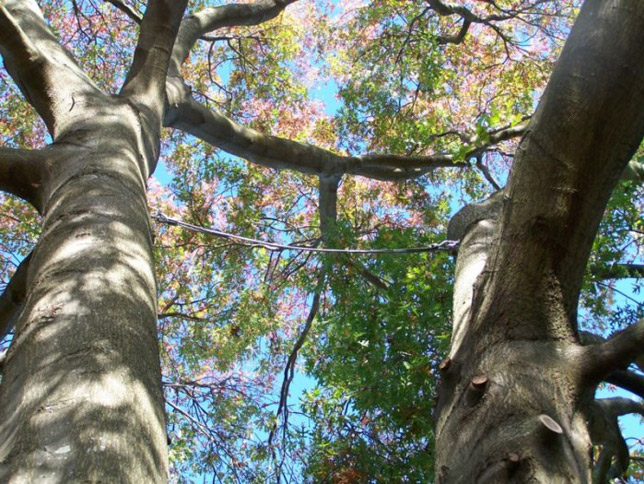
Cabling & bracing
The bracing of a tree consists in installing metallic or synthetic cables, stays, within the tree to straighten it or to reduce excessive tensions at the level of some branches of tree.
This technology is used to consolidate a tree weakened to reduce the risk of breaking of branches or of fall of the tree.
Evaluation is necessary to determine if it is possible to reassure a tree introducing a danger or if it is necessary to shoot it.
What Our Customers Are Saying
Don’t just take it from us, let our customers do the talking!
“I have a large lot in Rawdon, and my neighbors were bothered by two maple trees and a large cedar. So, i called Arbo-Ambiance and after an estimate the work was done very quickly and the result is very satisfactory, with good craftsmanship and professionalism. They are also interested in the aesthetics and well-being of the trees, they also pruned the shrubs and they are now doing very well, I recommend them!”
“Travail soigné et grand professionnalisme. Je recommande sans hésiter ! Arbo-Ambiance a fait un bon travail sur les arbres de ma mère qui est une personne âgée. Ils sont venus rapidement et lui ont donné un très bon prix, juste, et ils ont bien nettoyé après le travail.”
“Le travail d’essouchage d’une énorme souche d’environ 5-6 pieds de large a été fait parfaitement et très rapidement, avec en plus le ramassage de toutes sortes de débris dans mon arrière-cour. J’ai rarement eu l’occasion de voir un tel professionnalisme et dévouement. Chaque point de contrat a été exécuté de façon unique. Je donne 5 étoiles à la direction et à l’équipe d’Arbo-Ambiance. Merci beaucoup! ”
Frequently Asked Questions
Is it true that you should never remove more than 20% of a tree’s branches, i.e. branches and foliage, each year?
Yes, indeed, for its healthy development a tree needs its foliage in order to be able to feed itself. Anything removed from a tree will weaken its structure.
The tree will try to compensate for this through the growth of a large number of shoots and epicormic shoots, and in order to do so it will have to draw from its energy reserves.
The results can be spectacular in the short term, but over the course of a few years serious problems can arise. The structure of the branches will be weak and potentially dangerous.
When is the best time to prune ornamental trees?
In nature a tree doesn’t need to be pruned, so the less we prune it the better.
Pruning can cause a number of problems, such as the introduction of fungi or other pathogens and the general disorganisation of the tree’s structure.
Nevertheless, as an integral part of our lives trees often find themselves in environments that are poorly adapted to their size, and thus in these cases pruning or trimming becomes necessary. Trees which have been well chosen and well shaped need very little pruning, and dead, diseased, broken, damaged, weak or interfering branches, as well as stumps, epicormic shoots and (ground) shoots can be removed in no time.
Pruning/cutting trees is easier during dormant periods such as early spring (before the blossom) or late autumn (about a month after the leaves fall), when their structure is still visible. It can also take place during vegetation season, but it must be avoided during heat waves or droughts.
Pruning in very cold periods (January and February) is also possible forbidden. Some species have an abundant sap flow in early spring. These include birches (Betula spp.), maples (Acer spp.), walnut trees (Juglans spp.), elms (Ulmus spp.), poplars (Populus spp.), willows (Salix spp.) and linden trees (Tilia spp.). It is better to wait for a few leaves to develop before cutting these trees. Trees of the Rosaceae family (crab-apples, mountain ashes, hawthorn, etc.) are preferably pruned in the spring, as autumnal pruning can damage their cold hardening (preparation for winter).
Do you have public liability insurance?
A very good question!
We are happy to provide you with proof of insurance. This type of insurance protects you from the financial consequences that might result from any possible accidental damage that you may occur.
Make sure you always ask for proof of insurance before a contractor begins work at your property.
The branches of my tree are very close to medium-voltage lines. Who should I speak to?
Hydro-Québec is responsible for maintaining trees near medium-voltage lines. You can visit the Hydro- -Québec here to ask for a visit.
Why call an arboriculturist?
Most people don’t know what an arboriculturist is and what their work consists of, largely because they deal with the maintenance of their trees themselves.
As well as the risk of accidents and bodily harm, they can cause damage to property or injury/irreparable damage to the health of the trees themselves.
Felling and trimming, particularly in the case of large trees, often involved risks and therefore should only be left to specialists who have the equipment necessary to work safely.
Can I cut the branches of my neighbour’s tree without their permission if they are hanging over my land?
No. If your neighbour’s trees are hanging over your land you should first ask your neighbour to cut them themselves. If they refuse you should take them to court in order to force them to cut the branches.
In order to do this, you must convince the court that the branches are seriously affecting the use of your land.
Why are trees important?
• A mature tree can supply four rations of oxygen per day (Fondation canadienne de l’arbre – FCA).
• The average tree absorbs around 2.5kg of CO2 every year (CAF).
• During a growing season a sugar maple of around 30cm in diameter can absorb a large amount of heavy metals, including up to 60mg of cadmium, 140mg of chrome, 820mg of nickel and 5200mg of lead (University of Georgia).
• A healthy tree can capture 7000 airborne particles per litre of air (CFA).
• A mature tree absorbs 450 litres of water from the earth and then releases it as water vapour (FCA).
• The presence of a tree near houses or buildings can improve a building’s insulation capacity by up to 30% (Michigan State University, urban forestry).
• In a residential setting a tree can increase the market value of a house by more than 18% (US Forest Service).
